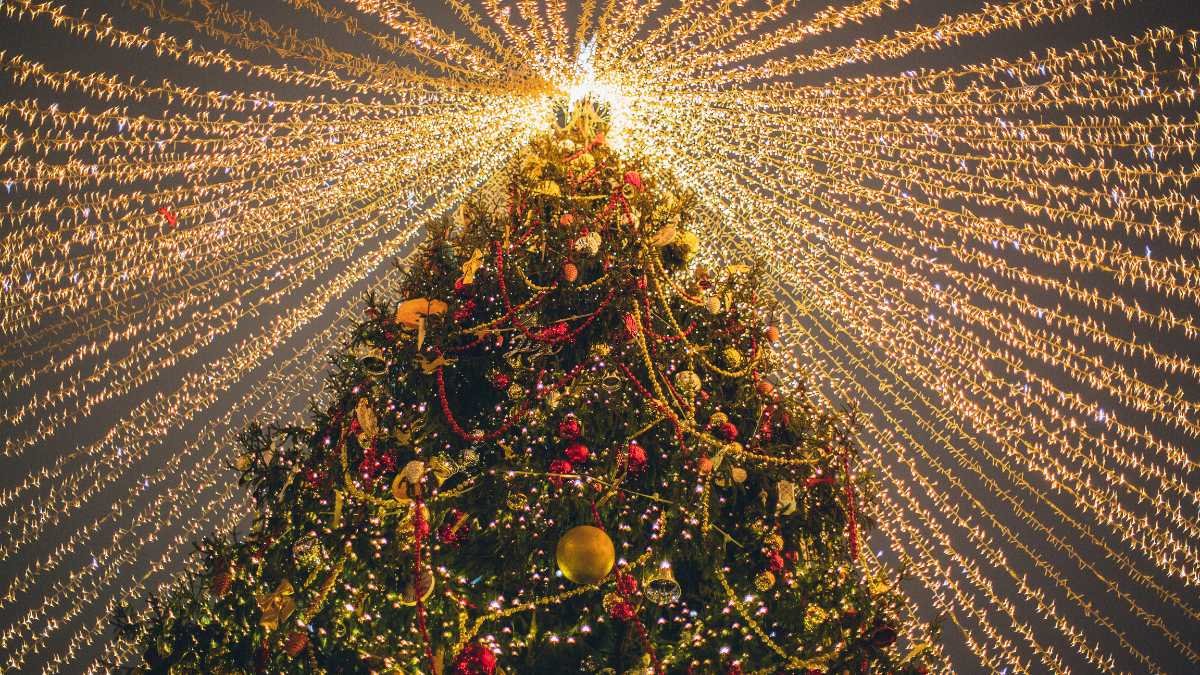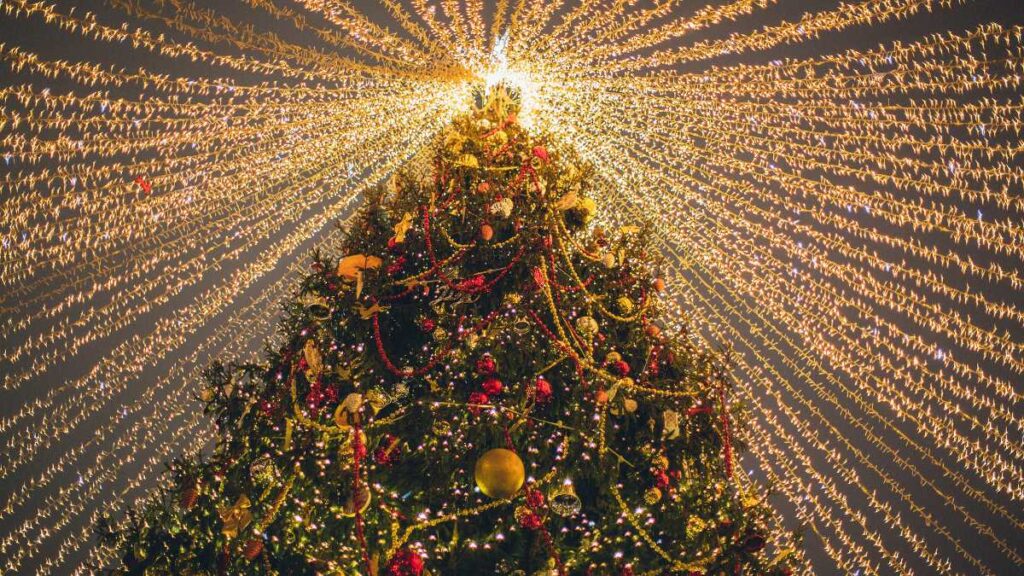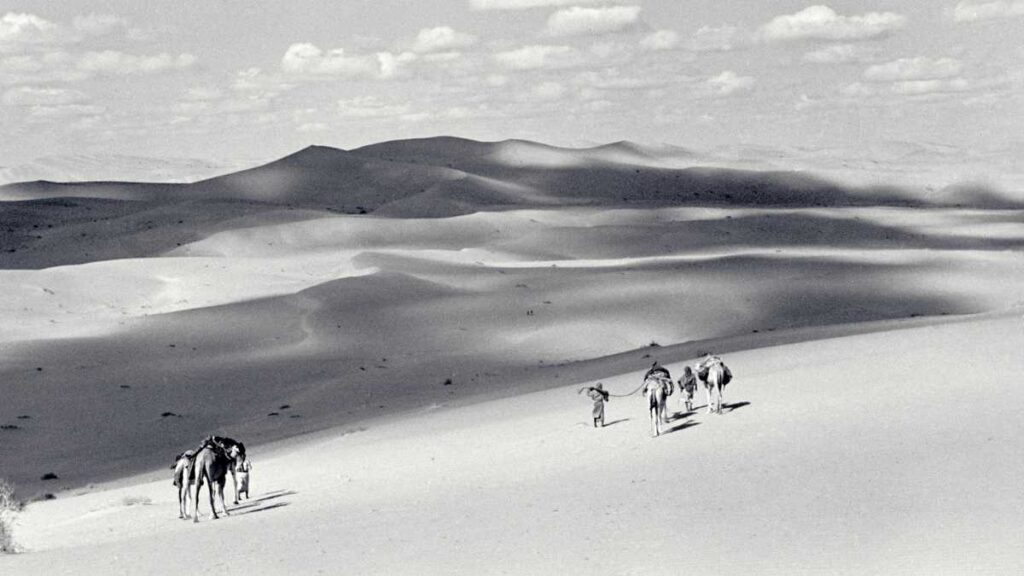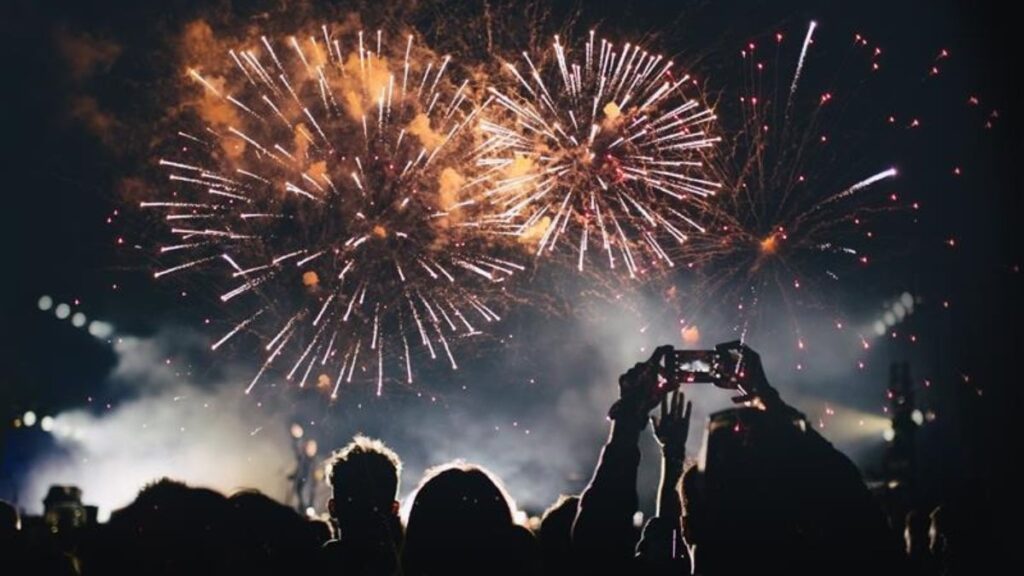Mark your calendars, stargazers and moon chasers — Sunday, April 13 is not just another quiet evening. Nope, the universe has penciled you in for a cosmic date with none other than the Pink Moon, and trust us, it’s not one to ghost you. While the moon may not actually show up in bubblegum hues (yes, we were a little disappointed too), the vibes will definitely be pink-level dreamy.
So what’s the deal with this elusive “Pink Moon”?
Let’s clear up the biggest misconception: the Pink Moon is not pink. Shocking, we know. But before you go full werewolf howl in protest, hear us out. The name comes from early Native American traditions that associated the April full moon with the blooming of pink wildflowers (specifically Phlox subulata, if you’re into fancy Latin names). It’s more poetic than literal — like calling someone “sunshine” who hasn’t seen the sun in days.
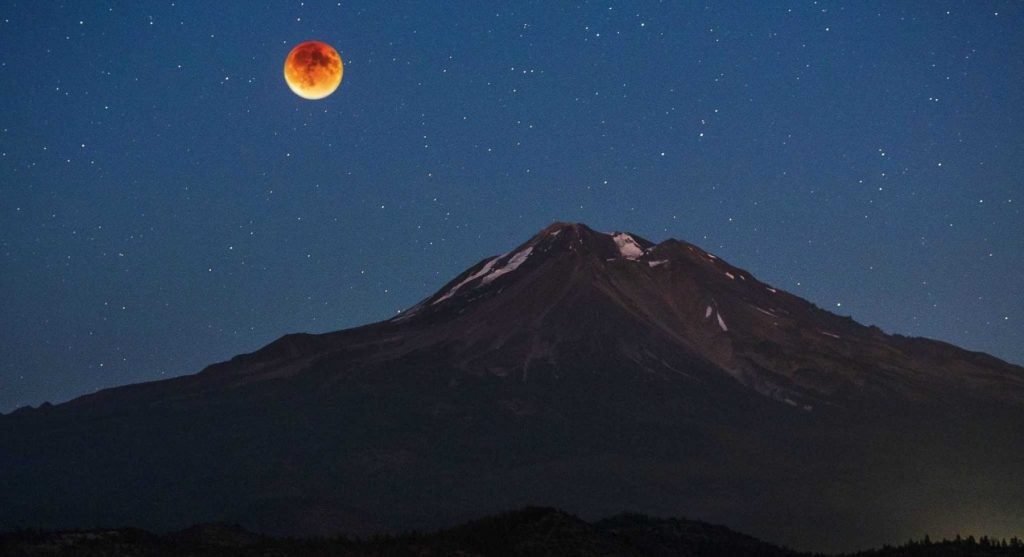
Okay, but what makes this Pink Moon extra special?
Glad you asked. This year’s full moon is also what astronomers call a micromoon — which is basically the moon’s way of doing a little social distancing. It’s at its apogee (read: the farthest point from Earth), making it look slightly smaller and dimmer than usual. It’s like the moon put on its skinny jeans but decided not to flex too hard. Subtle, mysterious, and still totally photogenic.
Want to see it? Here’s your moon-viewing cheat sheet:
- When? The Pink Moon rises around 7:08pm on April 13 in Ras Al Khaimah and sets at 5:56am the next morning.
- Where? Pretty much anywhere with a clear horizon, but if you want the real moon magic, head to Jebel Jais.
- Do I need a telescope? Not at all. The moon is doing its thing with or without equipment — but if you do bring binoculars or a telescope, you’ll get an extra-close peek at those dreamy lunar craters.
- Photography lovers: This is your moment. The moon will look bigger and more dramatic near the horizon right after moonrise — aka prime time for those swoon-worthy shots.


